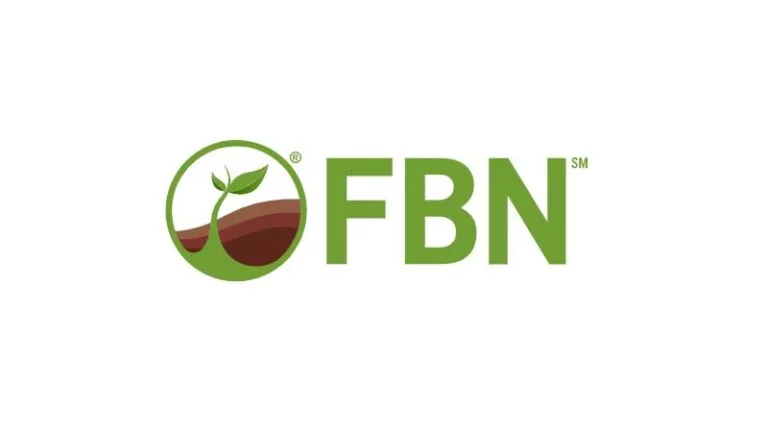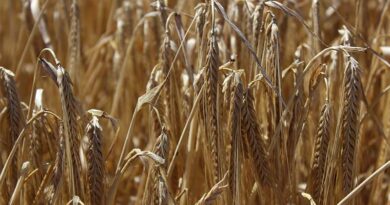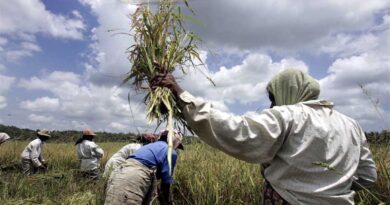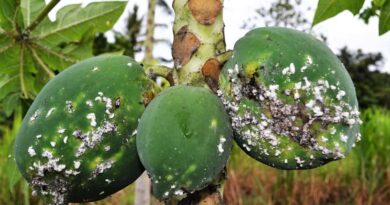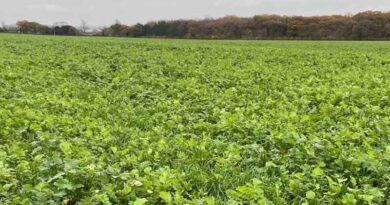How to Manage Diplodia Stalk Rot in Corn
28 December 2023, US: Diplodia stalk rot, a disease instigated by the fungus Stenocarpella maydis, can cause stalk rot, leaf blight and ear rot, resulting in up to 50% yield loss in severe cases.
The disease can weaken the stalk, making the plant susceptible to lodging. It can also hinder the plant’s ability to transport water and nutrients, leading to premature death, and disrupt the plant’s ability to fill the kernels, resulting in lightweight, chaffy, and overall poor quality grain.
This post will outline:
- How to identify Diplodia stalk rot
- Regions typically affected by Diplodia stalk rot
- Timing of Diplodia stalk rot
- How to chemically manage Diplodia stalk rot
How to Identify Diplodia Stalk Rot
The onset of Diplodia stalk rot is marked by the premature death of the plant. The leaves transition to a dull gray-green color before wilting and drying up. The lower internodes of the stalk soften and turn a tan to brown color, while the stalk’s pith discolors and disintegrates, leaving only the vascular bundles.
When you split the stalk, you may observe a white to pinkish mold growing between the nodes, particularly at the stalk’s base. Tiny, black fungal structures called pycnidia can be found scattered on the lower internodes and on the outer husks of the ear. These pycnidia serve as a key diagnostic feature of the disease.
To ascertain the presence of Diplodia stalk rot, conduct a simple test. Place the suspected stalk or ear in a plastic bag with a wet paper towel and seal it. If Diplodia is present, white mold will develop within 24 to 48 hours.
Geographic Impact of Diplodia Stalk Rot
While Diplodia stalk rot is most common in the Midwestern United States, it can strike wherever corn grows. It is more prevalent in areas with high humidity and rainfall.
Timing of Diplodia Stalk Rot
Diplodia stalk rot can infect corn at any growth stage, but symptoms typically emerge after tasseling. The disease intensifies during and after silking in years with wet weather.
The disease intensifies in continuous corn fields and fields where corn residue remains on the surface, as the fungus overwinters in this residue and infects the subsequent crop.
How to Manage Diplodia Stalk Rot in Corn
To chemically manage Diplodia stalk rot in corn, consider using GCS Azoxy 2SC. This fungicide contains Azoxystrobin and is approved for use on Diplodia stalk rot in corn.
Application rates for GCS Azoxy 2SC can vary depending on the crop. For corn, the typical application rate is 12 oz/ac, with a range of 6-15.5 oz/ac.
Always follow the label instructions and consult with your local agricultural extension or a certified agronomist for specific recommendations based on your field conditions and the severity of the Diplodia stalk rot. More information about the product, including the label and safety data sheet, is available here.
Crop Protection from FBN®
Proactively scouting for and responding to fungal presence in your fields will help reduce potential crop damage and improve yield. FBN has a wide variety of effective fungicides to help address agronomic pressures and keep your operation on track.
With transparent pricing, straightforward online ordering, detailed product labels and fast direct-to-farm delivery, FBN can help you get the products you need to protect your crops.
Also Read: Farmer must learn to market his produce: Vice President Dhankhar
(For Latest Agriculture News & Updates, follow Krishak Jagat on Google News)

